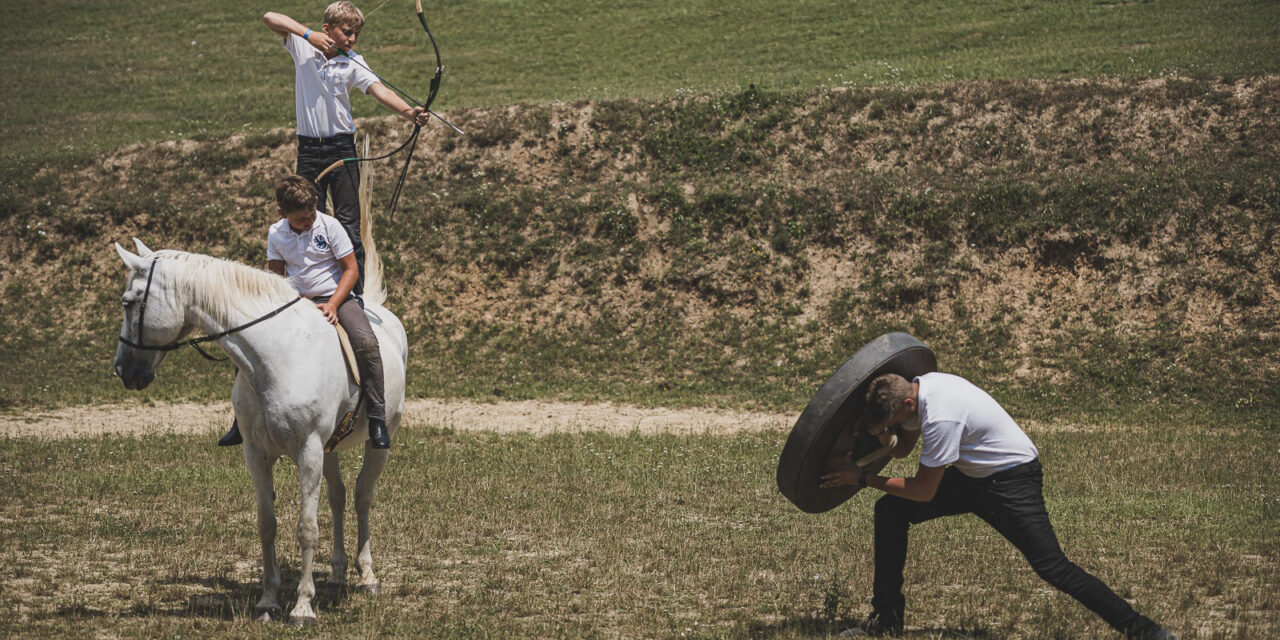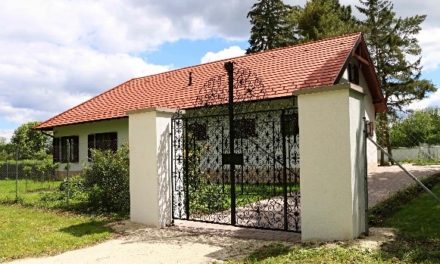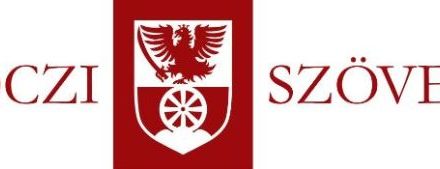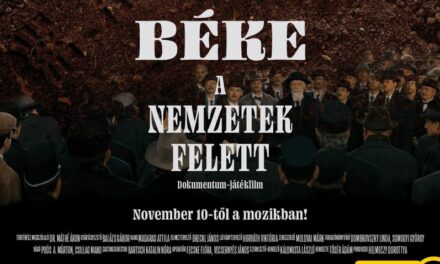There is an old Hungarian proverb: The horse makes the man, the man makes the horse. The horse is one of man's oldest companions, a partner in warfare, agriculture, travel and transport. Today, the relationship between man and horse has changed, the world and man have changed, but the horse has not. It makes itself available to people just as it was thousands of years ago. Horseback riding can bring a person back to an old state , far from the world in which he lives today, where he is becoming more and more distant from nature.
The question of why we ride an animal at all is actually a question of nature and our own bodies. The relationship between horse and rider is instructive. We see each other as partners, while the rhythm of the horse permeates us. We almost feel like centaurs when the animal is (also) controlled by our thoughts, while the horse moves the person. It is a sacred experience and symbolic. The relationship between man and horse has changed and the horse is now a partner in sports, therapy and the arts.
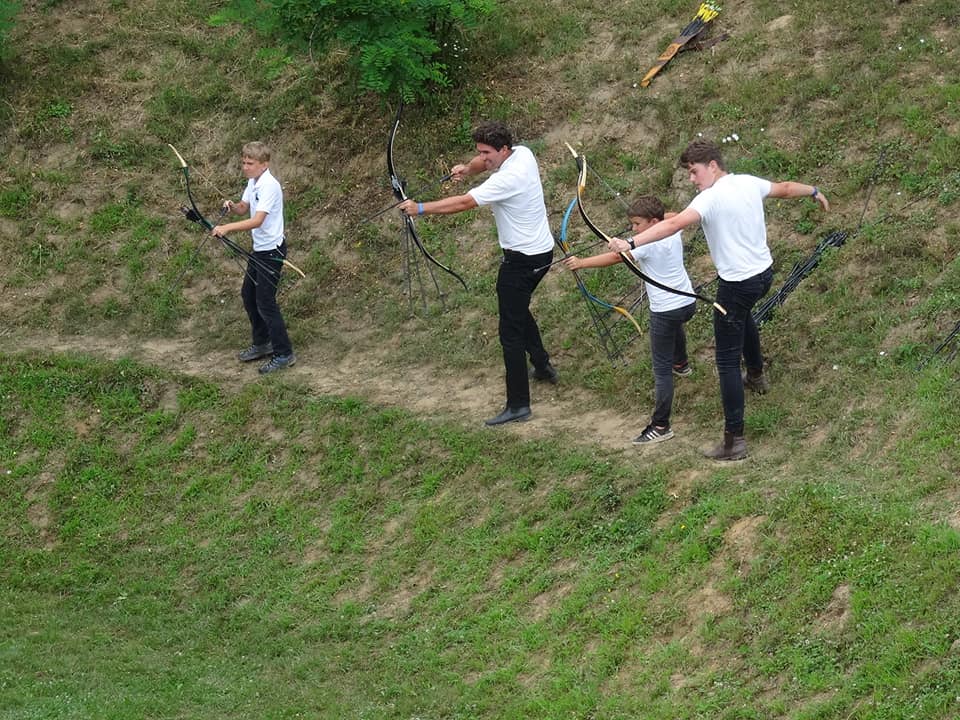
Their clan is like a big family, in which every member has an important role, including the children. szmrecsanyi.hu
Horse archery played an important role in the conquest and then in the defense of the Christian Hungarian state. The range and power of the Hun and Hungarian recurve bow was the best technique of the time. We gave the world equestrian archery like the Japanese gave karate or the Koreans gave teakwand.
The ancient weapon, the bow, is now made of modern materials and modern tools. The choice is huge: you can use bows of different strengths and sizes. What remains archaic is the form, keeping and developing it is important not only symbolically, but also from a practical point of view. Horse archery is important both as a military tradition and from the point of view of the development of technology. Individual performance can be increased, so the acquired knowledge creates a conscious and unconscious connection with our ancestors.
Horse archery a personal development tool. If there are such archetypes, then above all the warrior is the one who feels at home in this world. For him, pain and risk are not suffering, but a source of strength for further struggle.
The Hungarian light cavalry and its flexible tactics survived a millennium, and with the appearance of the hussars in the XV. gained new strength in the century.
With its sophisticated and efficient equipment and impressive gallop, it was an impressive sight at a time when large lumbering and slow horses were used in the West. much-mentioned Hungarian virtue and well-thought-out fighting methods played a big role in their success It is little known that horse archery was a favorite pastime of the Hungarian nobility in the 19th century. until the beginning of the century. It was forgotten for a while, but revived from the 1980s.
Our traditions not only be preserved, but practiced, lived and passed on. One way to follow the spirit of our ancestors is to pass it on. Horse archery is practiced by all kinds of people. Some people want to succeed in it, others are determined traditionalists, and still others pursue martial arts as a way of life. The Turks, for example, see them as mere tradition.
The Hungarian Lajos Kassai was the founder of the World Archery Federation (WFEA). Horse archery is becoming more and more popular as a sport and is spreading worldwide. Associations are formed, shooting ranges are opened, and many countries join the world association, including the USA, South Africa, Iran, China and many European countries. International activity is increasing, with many competitions. The world championship and the international judges' meeting are held every two years in Hungary, in the Kassai Valley in Somogy County. The Kassai Archery School includes ten sports associations - called "Kánság". One of them, "Szmrecsányi-Kánság", is based in Barnag.
Barnag is a small village in the Balaton highlands, not far from Nagyvázsony. The Szmrecsányi-Veszely couple bought a crumbling farmhouse and the plot of land here The house was renovated, the stables were tidied up.
Márton Szmrecsányi is an engineer, economist , and the Kassai Archery School. His wife, Beáta Veszely, world -traveled artist and horse lover. His doctoral dissertation, written at London's Goldsmiths College and the Hungarian Academy of Fine Arts, deals with the representations of the horse in the past millennia of art history, from an art historical and semiotic approach.
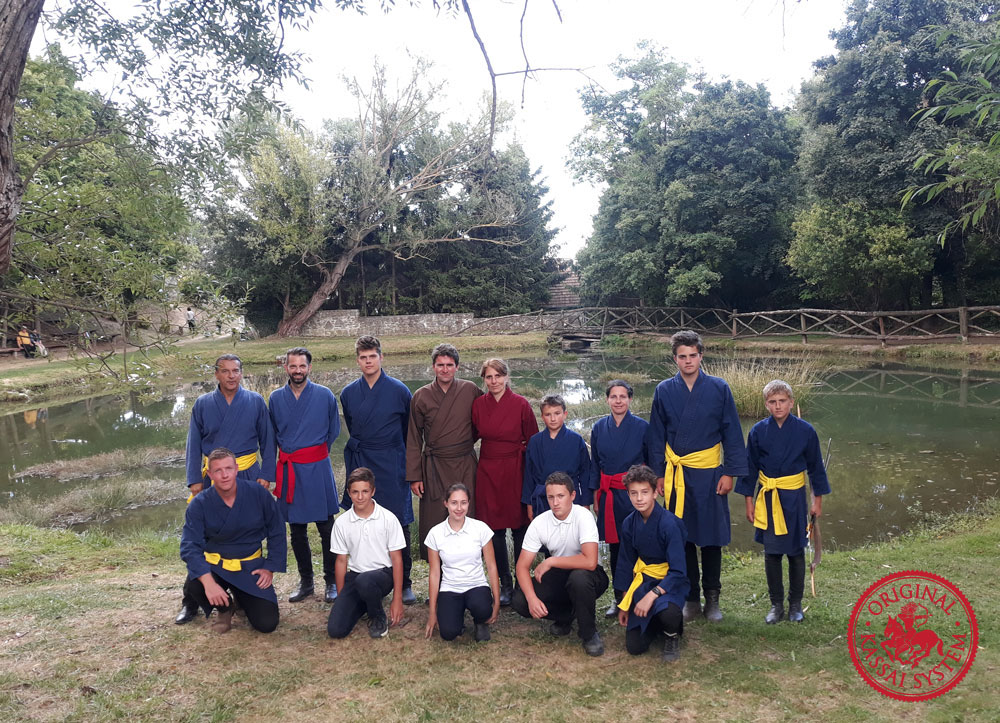
Participants of the horse archery camp. szmrecsanyi.hu
"The cultural crisis also affects the West. The arts are so defined by the market that the search for truth is lost. This was one of the reasons why I returned home from England after eight years," says Beáta Veszely. " The distance showed us how important our roots are and that we are not born somewhere by chance. God created me for Hungary, I have tasks here. I am grateful for that because it brought me back to a beautiful environment and an exciting time.
On August 14, 2022, the Turan Horse Archery World Championship will be held at the Kurultaj Grand Tournament, based on the original Kassa system. In addition to the Hungarian traditionalists, the archers also expect many permanent visitors from abroad.
Author: Irén Rab

